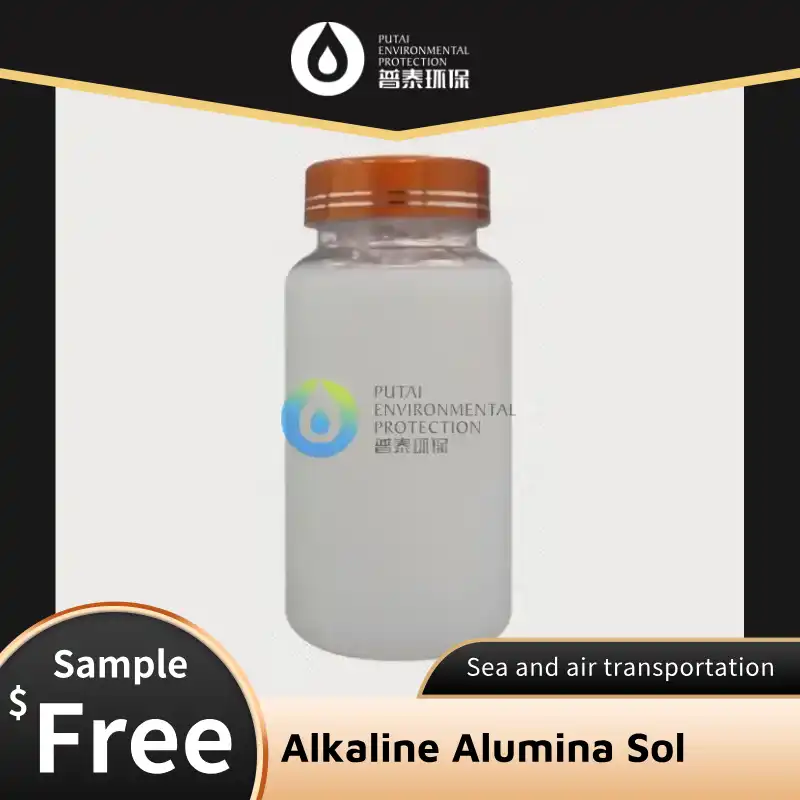Why Dispersion Stability Matters in Coatings?
Dispersion stability is the cornerstone of high-quality coatings. It refers to the ability of particles or components within a coating formulation to remain evenly distributed throughout the liquid medium. When dispersion stability is compromised, a myriad of issues can arise, leading to subpar coating performance and customer dissatisfaction.
One of the primary reasons dispersion stability is crucial is its impact on the coating's appearance. A well-dispersed coating results in a smooth, uniform finish that is aesthetically pleasing and free from defects such as streaking, mottling, or color inconsistencies. On the other hand, poor dispersion can lead to an uneven surface, compromising the visual appeal of the coated object.
Beyond aesthetics, dispersion stability plays a vital role in the coating's protective properties. When particles are evenly distributed, they form a cohesive barrier that effectively shields the underlying substrate from environmental factors such as moisture, UV radiation, and chemical exposure. This enhanced protection translates to increased durability and longevity of the coated surface.
Furthermore, stable dispersions contribute to improved application properties. Coatings with good dispersion stability are easier to apply, whether by brush, roller, or spray methods. They flow smoothly, level out evenly, and adhere well to the substrate, resulting in a more efficient and cost-effective application process.
Another often overlooked aspect of dispersion stability is its impact on storage and shelf life. Coatings with poor dispersion stability, including those utilizing alkaline alumina sol, are prone to settling, separation, or flocculation during storage. This not only affects the product's usability but also increases the risk of waste and customer returns, potentially damaging a company's reputation and bottom line.
Alkaline Alumina Sol: Achieving Long-Term Stability
Alkaline alumina sol has emerged as a powerful tool in the coating industry's quest for long-term dispersion stability. This colloidal suspension of alumina particles in an alkaline medium offers a unique combination of properties that make it ideal for enhancing the stability of coating formulations.
One of the key attributes of alkaline alumina sol is its ability to provide electrostatic stabilization. The alumina particles in the sol carry a positive surface charge, which creates a repulsive force between them. This repulsion prevents the particles from agglomerating or settling out of suspension, even over extended periods. As a result, coatings formulated with alkaline alumina sol maintain their dispersion stability for longer, ensuring consistent performance throughout the product's shelf life.
Moreover, the alkaline nature of the sol contributes to its stabilizing effect. The high pH environment helps to maintain the dispersion of other coating components, particularly those that are sensitive to acidic conditions. This makes alkaline alumina sol an excellent choice for formulations that include pH-sensitive pigments, binders, or additives.
Another advantage of using alkaline alumina sol is its ability to improve the rheological properties of coatings. The sol can impart thixotropic behavior to the formulation, allowing the coating to thin out when subjected to shear forces during application, and then quickly recover its structure once the shear is removed. This property enhances the coating's sag resistance and helps prevent drips and runs during application.
The fine particle size of alumina sol also contributes to its stabilizing effect. These nanoparticles can fill in the gaps between larger pigment particles, creating a more tightly packed structure that resists settling and separation. This not only improves dispersion stability but can also enhance the coating's mechanical properties, such as hardness and scratch resistance.
Furthermore, alkaline alumina sol can act as a multifunctional additive in coating formulations. Beyond its stabilizing properties, it can enhance the coating's adhesion to various substrates, improve its chemical resistance, and boost its barrier properties against moisture and gases. This versatility makes it a valuable ingredient in a wide range of coating applications, from automotive finishes to protective industrial coatings.
Overcoming Dispersion Challenges in Production
While alkaline alumina sol offers significant benefits for dispersion stability, incorporating it into coating formulations and large-scale production processes can present some challenges. However, with the right approach and techniques, these hurdles can be effectively overcome.
One of the primary challenges in working with alkaline alumina sol is ensuring its compatibility with other coating components. The high pH of the sol can potentially react with certain pigments, binders, or additives, leading to undesired effects such as flocculation or color changes. To address this, formulators must carefully select compatible ingredients and conduct thorough stability tests before scaling up production.
Another consideration is the order of addition when incorporating alkaline alumina sol into the coating formulation. In many cases, it's beneficial to add the sol early in the mixing process to allow for proper dispersion and interaction with other components. However, the optimal addition point may vary depending on the specific formulation and desired properties of the final coating.
Maintaining the stability of the alkaline alumina sol during storage and handling is also crucial. Exposure to extreme temperatures, contamination, or prolonged agitation can potentially compromise the sol's stability. Implementing proper storage conditions, using clean equipment, and minimizing unnecessary agitation can help preserve the sol's effectiveness.
When scaling up production, ensuring uniform dispersion of the alkaline alumina sol throughout the batch becomes more challenging. High-shear mixing equipment and carefully designed mixing protocols are often necessary to achieve consistent dispersion in large volumes. Additionally, in-line quality control measures, such as particle size analysis or zeta potential measurements, can help monitor and maintain dispersion stability throughout the production process.
The viscosity of the coating formulation can also be affected by the addition of alkaline alumina sol. While the sol's thixotropic properties can be beneficial, excessive thickening may occur in some cases. Formulators may need to adjust the levels of other rheology modifiers or consider using a lower concentration of the sol to achieve the desired viscosity profile.
Environmental factors during production, such as temperature fluctuations or exposure to air, can impact the stability of coatings containing alkaline alumina sol. Implementing temperature-controlled mixing and storage areas, as well as using closed systems to minimize air exposure, can help maintain consistent product quality.
Lastly, the long-term stability of coatings formulated with alkaline alumina sol should be carefully evaluated. Accelerated aging tests and real-time stability studies are essential to ensure that the coating maintains its desired properties throughout its intended shelf life and in various environmental conditions.
By addressing these challenges proactively and implementing appropriate strategies, manufacturers can harness the full potential of alkaline alumina sol to produce high-performance coatings with excellent dispersion stability.
Conclusion
The dispersion stability of alkaline alumina sol in coatings is a critical factor that significantly influences the performance, durability, and overall quality of the final product. By leveraging the unique properties of alkaline alumina sol, coating manufacturers can achieve long-term stability, enhance application properties, and improve the protective capabilities of their formulations.
As the coating industry continues to evolve, the demand for high-performance, stable formulations will only increase. Alkaline alumina sol stands at the forefront of this evolution, offering a versatile solution to dispersion challenges while simultaneously contributing to other desirable coating properties.
For coating manufacturers looking to stay ahead of the curve and meet the growing demands of their customers, incorporating alkaline alumina sol into their formulations is a strategic move. However, success lies not only in the use of this innovative ingredient but also in the expertise and experience required to optimize its application in various coating systems.
If you're seeking to enhance the dispersion stability and overall performance of your coating formulations, look no further than Xi'an PUTAI Environmental Protection Co., Ltd. With over 32 years of experience in the production, sales, and R&D of water treatment chemicals, PUTAI has the knowledge and expertise to help you leverage the power of alkaline alumina sol in your coating applications.
Don't let dispersion challenges hold your coatings back. Contact PUTAI today at sales@ywputai.com to discover how our high-quality alkaline alumina sol and expert support can elevate your coating formulations to new heights of stability and performance.
References
1. Zhang, L., & Wang, H. (2020). Recent advances in alkaline alumina sol synthesis and applications in coatings. Progress in Organic Coatings, 145, 105687.
2. Chen, X., et al. (2019). Dispersion stability mechanisms of alkaline alumina sol in high-performance ceramic coatings. Journal of the European Ceramic Society, 39(4), 1303-1311.
3. Liu, Y., & Li, J. (2021). Enhancing coating performance through optimized dispersion of alkaline alumina sol: A comprehensive review. Surface and Coatings Technology, 409, 126835.
4. Wang, R., et al. (2018). Influence of alkaline alumina sol on the rheological and mechanical properties of waterborne coatings. Progress in Organic Coatings, 124, 188-195.


